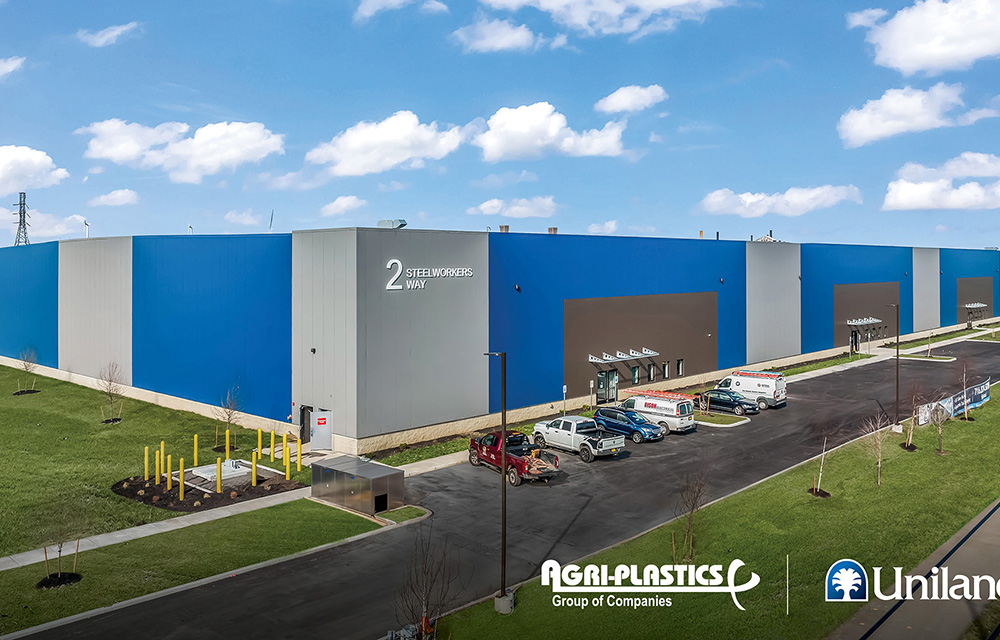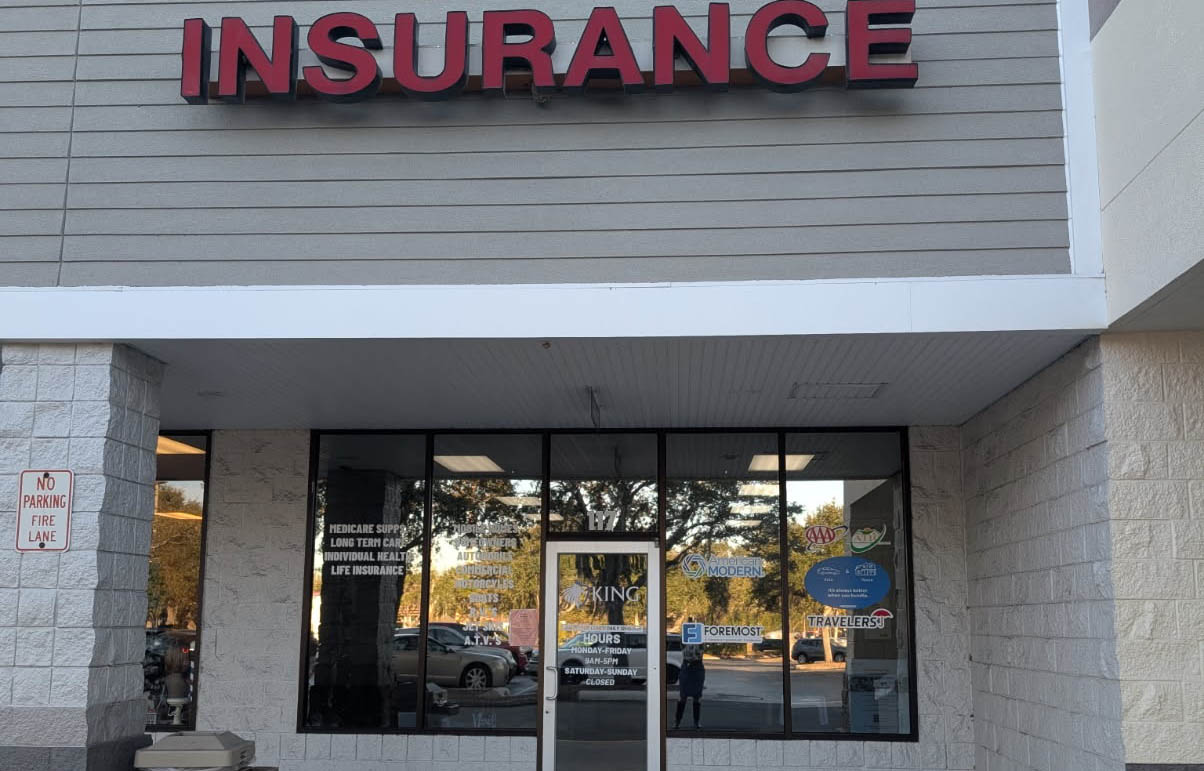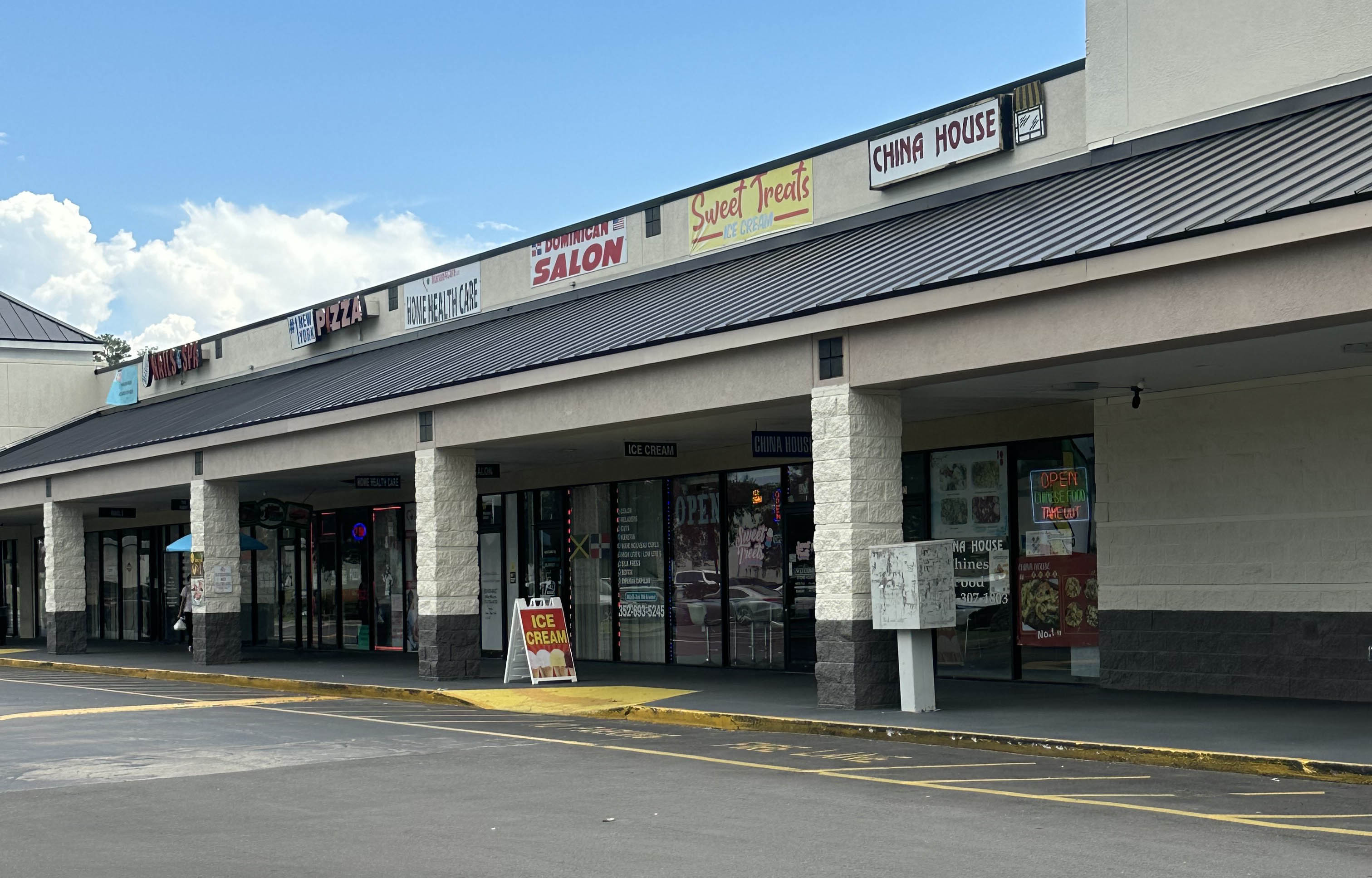News:
Brokerage
Posted: December 27, 2012
Examining the case for lower multifamily cap rates
Attend any number of multifamily conferences around the tri-state region and cap rates are sure to be a topic of discussion. But while many suggest that cap rates for multifamily rental properties will flatten in the future or even rise, I would argue that they can (and likely will) go lower. There are a number of factors driving this compression, including a healthy amount of cash that is ready to return to the market; record low interest rates; and a desire among both Generation Y consumers and the Baby Boomer generation (some 76 million strong) to forgo homeownership in favor of renting. But what's arguably most important to the cap rate debate will be the fate of the home mortgage interest deduction.
First, let's follow the cash flow. There is a strong stable of Real Estate Investment Trusts (REITs) that have large amounts of cash they are looking to deploy, and multifamily is currently the most stable asset class available. In September, the Multifamily Production Index (MPI), released by the National Association of Home Builders (NAHB), improved for the eighth consecutive quarter with an index level of 54. It is the highest reading since the second quarter of 2005. The MPI, which measures builder and developer sentiment about current conditions in the apartment and condominium market on a scale of 0 to 100, rose from 51 in the first quarter to 54 in the second quarter.
We have seen top-quality multifamily rental product trade anywhere from a 4% to 4.8% cap - an indication that this product is indeed favored by investors. This rate is not entirely surprising given that these are best-in-class buildings that will certainly see rents rise. However, we are also seeing an increased interest among investors looking to purchase older product at a lower basis since there is ultimately more upside following either a cosmetic renovation or major rehab. For these value added investment opportunities, expect to see cap rates decline. What's more, the low interest rate environment could also dip cap rates even deeper, and it appears that this will remain in place for the next several years. In September, the Federal Reserve revealed that it would keep interest rates near-zero even if the economy starts to recover.
One of the most significant factors driving multifamily rental rates is a multi-generational trend toward leasing and away from homeownership. Specifically, Generation Y consumers who have been hit hard by the recession may not be able to purchase a mortgage, and many enjoy the convenience of urban rental space. The Baby Boomer generation is also pursuing rental housing, as many Boomers look for living options that require less personal maintenance or seek to convert their home equity into much-needed retirement income. Both of these demographics are providing a hefty boost to the apartment rental market, which should drive down cap rates.
But the biggest wildcard in this whole cap rate debate might just be the home mortgage interest tax deduction. The current deduction, which is lauded by most homeowners, allows them to remove the interest they paid on a mortgage. However, flat-tax advocates favor terminating this deduction, and U.S. lawmakers on both sides of the aisle have been discussing a variety of tax reform structures that could involve the elimination of the mortgage interest tax deduction. Ultimately, if Washington is successful in reducing or eliminating the interest deduction, the multifamily rental market will grow stronger, which could herald in an era of even lower cap rates.
Mark Scott is founder and principal of Commercial Mortgage Capital, New York, N.Y.
Tags:
Brokerage
MORE FROM Brokerage
Hanna Commercial Real Estate brokers Agri-Plastics 64,000 s/f manufacturing facility lease at Uniland’s 2 Steelworkers Way
Lackawanna, NY Agri-Plastics, a global leader in the manufacturing of plastic products for agricultural, industrial, recreational, environmental, and home industries, has signed a 64,000 s/f lease to open a

Quick Hits
Columns and Thought Leadership

Behind the post: Why reels, stories, and shorts work for CRE (and how to use them) - by Kimberly Zar Bloorian
Let’s be real: if you’re still only posting photos of properties, you’re missing out. Reels, Stories, and Shorts are where attention lives, and in commercial real estate, attention is currency.

Lasting effects of eminent domain on commercial development - by Sebastian Jablonski
The state has the authority to seize all or part of privately owned commercial real estate for public use by the power of eminent domain. Although the state is constitutionally required to provide just compensation to the property owner, it frequently fails to account

AI comes to public relations, but be cautious, experts say - by Harry Zlokower
Last month Bisnow scheduled the New York AI & Technology cocktail event on commercial real estate, moderated by Tal Kerret, president, Silverstein Properties, and including tech officers from Rudin Management, Silverstein Properties, structural engineering company Thornton Tomasetti and the founder of Overlay Capital Build,

Strategic pause - by Shallini Mehra and Chirag Doshi
Many investors are in a period of strategic pause as New York City’s mayoral race approaches. A major inflection point came with the Democratic primary victory of Zohran Mamdani, a staunch tenant advocate, with a progressive housing platform which supports rent freezes for rent








.jpg)
.gif)
.gif)